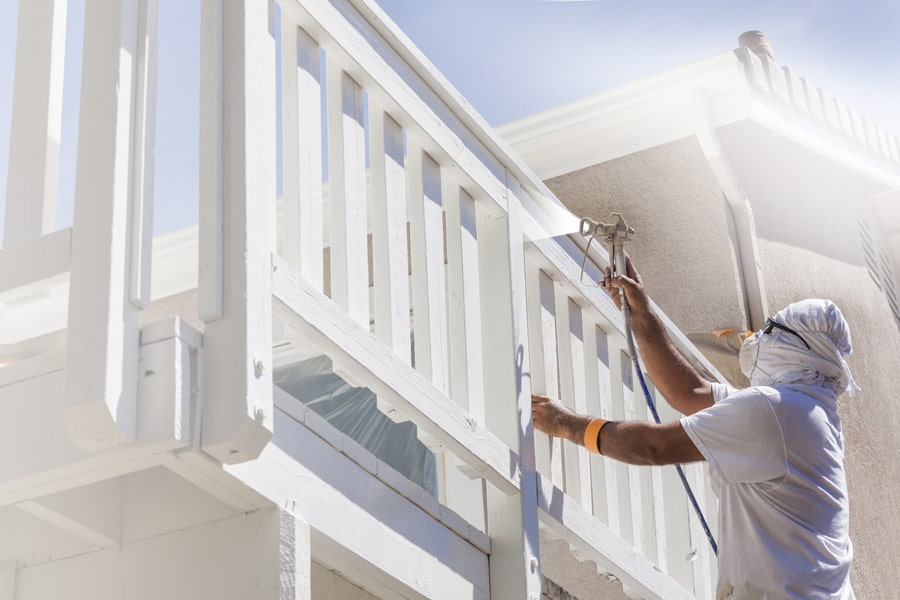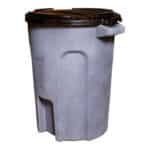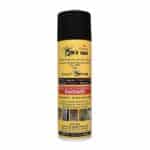
While consumers mainly focus on selecting the perfect color, there’s more involved in buying paint than meets the eye. Long before manufacturers introduce a product, research and development teams diligently work behind the scenes to find answers to consumers’ most challenging problems.
The paint and coatings now available are due to technical innovations that take years to perfect and market.
Benjamin Moore’s Research and Development staff has more than a hundred technicians, chemists, and engineers. In an interview, Alyssa Scagnelli, Product Marketing Manager at Benjamin Moore, says “We constantly seek to understand the challenges and what problems a coating can help to solve and work to connect technology from many different sources to the needs of our customers and their markets. To do so, we collaborate closely with our customer segments, product development, R&D, and other important stakeholders to bring new products to life.”
Although consumers have a range of options, most people tend to stick to the paint they’ve used previously. They may be unaware that another type of paint is better suited for the specific application they have in mind. Contractors adapt more quickly than DIYers since they prefer paint that ranks high in performance and durability. Yet, these pros must also stay on top of local laws and regulations that govern the housing industry and the environmental impact of paint or coatings. However, environmental concerns are less problematic today than in the past, mainly because water-based coatings have rapidly replaced solvent-based formulas, subject to more regulations.
Consumers Opinions Drive Innovation
When it comes to finding information related to health and wellness, consumers are energized. They eagerly conduct research online or read product labels to determine the ingredients in products used for their homes. Paint manufacturers take consumer preferences, demographics, and regional differences into consideration when developing new products. Coatings that qualify for use under the EPA Safer Choice Program or those that meet the requirements for an ecolabel have an advantage since consumers view them as being environmentally friendly.
Scuff-resistance Pays Off
Paints that are scuff-resistant and resist burnishing when another object is consistently rubbing the surface result from polymer research. These paints are a good choice for hospitals, hotels, hallways, and restaurants. It dramatically reduces the need to repaint every two or three months to maintain appearances. Additionally, the maintenance team can devote their time to other projects—resulting in significant savings over the product’s life-cycle.
Infrared Technology Keeps Heat in Check
Heat-reflective paints are being developed to reduce cooling costs in warm climates. Infrared reflection technology incorporated into dark-colored paints prevents heat absorption and reduces surface temperatures. The paint can be applied to concrete, wood, brick, stucco, and most types of roofing. The research and development team also focused on breathability and the paint’s ability to retain its color when resisting environmental changes and chemicals.
Reducing Exposure to Formaldehyde
People are becoming more conscious about the quality of the food they eat and the air they breathe. Formaldehyde is used to make furniture, carpeting, and many items in our homes or offices. In response to growing concerns about the risk of high levels of exposure, some premium coatings can help reduce formaldehyde in the air. The paint industry is also making a dedicated effort to use chemicals and materials free of the chemical. The newest architectural coatings use acetoacetoxy chemistry to absorb formaldehyde emitted from household items.
Innovation at the Forefront
New paints and coatings are always in the pipeline. Manufacturers are keenly aware that preferences change, and there is an ongoing demand to meet the needs of consumers. Technical innovations have resulted in paints that dry faster and are easier to apply. Ultimately, these improvements save laborers’ time and employers money. Additionally, some coatings can guard against disease and reduce energy usage in buildings. Innovations in the paint industry are enhancing our lives in surprising ways we never thought possible.










